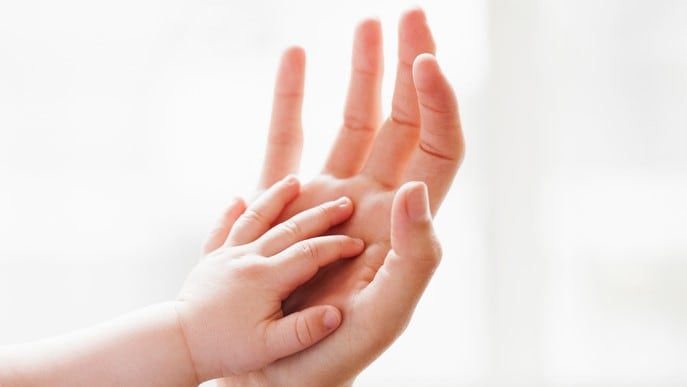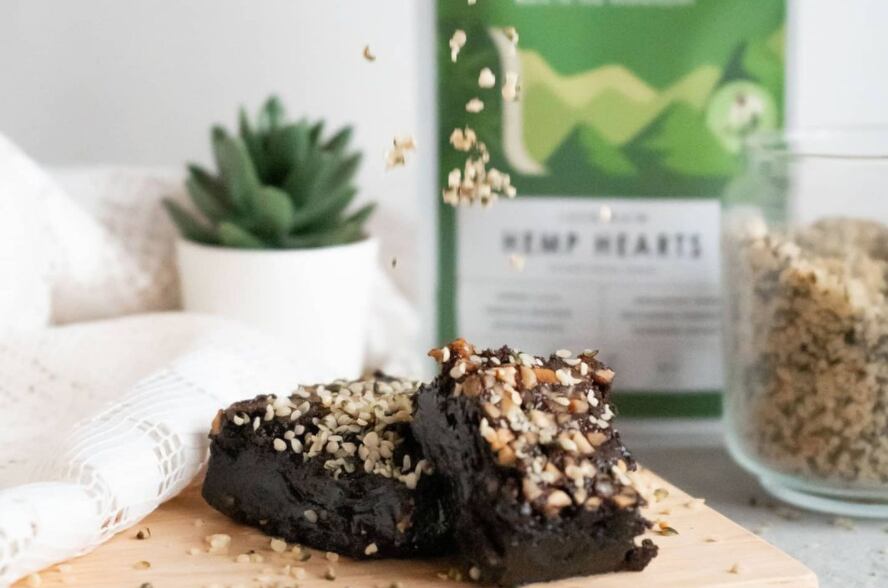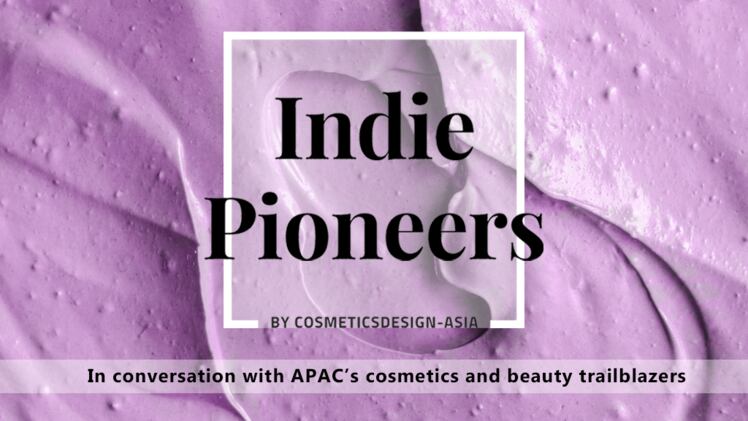Thailand: Cannabis beauty boost
Following the delisting of almost all parts of the hemp plant from Thailand’s list of prohibited narcotics, the Ministry of Public Health issued a notification allowing hemp to be used in cosmetics.
The Thai government announced on January 11, 2021, that domestic manufacturers were allowed to produce cosmetics containing hemp seed oil or hemp seed extract – provided that the levels of THC do not exceed 0.2% by weight.
Dr Atthachai Homhuan, director of regulatory affairs at Tilleke & Gibbins, told CosmeticsDesign-Asia that further developments are expected in this space.
At the moment, ingredients like hemp seed extract or hemp seed oil are allowed to be used.
Terms like cannabidiol (CBD) or tetrahydrocannabinol (THC) were also not be allowed to be used in cosmetics claims.
“This regulation has already been implemented, but it’s taking it step by step. For example, it has allowed most parts of the cannabis plant, like seeds, extract… But if it contains CBD or THC, it’s not allowed yet. The next step will be to escalate to that level.”
He added that he believed this will happen eventually, given that Thailand is eager to promote the cannabis industry.
“I would say the government would like to promote cannabis as part of the economic plan, so we can expect to see a lot of upcoming products on cannabis.”
Thailand would be seizing the opportunities left by China, which formally banned cannabidiol (CBD), cannabis sativa fruit, cannabis sativa seed oil and cannabis sativa leaf extract in June last year.
“For next year, the added challenge and opportunity would be exporting cannabis cosmetics produced in Thailand to other countries,” said Homhuan.
Additionally, Homhuan expects Thailand to align itself more with the Association of South East Asian Nations (ASEAN) Cosmetic Directive (ACD).
The ACD is an agreement among ASEAN countries, including Thailand, to harmonise requirements of cosmetic products so as to reduce technical barriers to trade in the region.
Singapore: Mandatory packaging report due
As part of Singapore’s effort to achieve its goal of becoming a zero-waste nation, the country has implemented mandatory packaging reporting, which aims to encourage companies to reduce its reliance on packaging.
It will lay the foundation for an Extended Producer Responsibility (EPR) framework for packaging waste management, which will be implemented “no later than 2025”, said the National Environment Agency (NEA).
For starters, the requirements will apply to brand owners, manufacturers, importers of packaging and packaged goods, with an annual turnover of more than S$10m (U$7.32m).
For the first report, producers will need to report data on the amount of packaging imported/used in 2021 and develop 3R plans to be submitted to the NEA by 31 March 2022.
The 3R plans will have to include details of key initiatives, key performance indicators (KPIs) and targets. Companies will then be required to report on the progress of these plans in the subsequent years.
Singapore joins regulators all around the world which are adopting various approaches to minimise and manage packaging waste – including China, India, and South Korea.
Alain Khaiat, chairman of the Cosmetic, Toiletry and Fragrance Association of Singapore (CTFAS) told us that this is a welcomed developed but highlighted that sustainable packaging remains a complicated issue for the cosmetics industry.
“A very important aspect of packaging is carrying the brand image. You can’t have a luxury product packed in a simple bottle or jar. That could be a conflict. The other thing is that you can have recyclable packaging, but that packaging may need a layer or film to protect the product, that would make the finished product unrecyclable.”
He added: “These are the issues that the industry has to deal with and find innovative solutions. It will be a challenge for the packaging manufacturers, but it’s a good challenge. We are already seeing a lot of new things happening in that area.”
China: Kids cosmetics, new labelling and more
On January 1 last year, we saw the highly anticipated Cosmetic Supervision and Administration Regulation (CSAR) come into effect. And over the course 2021, we observed Beijing crackdown on several areas of cosmetics legislation.
This included the implementation of the first Children Cosmetics Regulation, which came into force on January 1, 2022.
The finalised provisions included 22 articles, clarifying children cosmetics’ scope, formula design principles, and labelling requirements, among others.
According to China’s food and drug regulator, children’s cosmetics are defined as cosmetics for children aged 12 and under that claim to have functions such as cleansing, moisturising, body refreshing and sun protection.
“The function of make-up is not listed in the definition, which may indicate that NMPA encourages children’s cosmetic companies to focus more on cleansing and skin care functions,” said senior regulatory analyst Hedy He of Chemlinked.
The regulations also outlined three formula design principles which called on cosmetic manufacturers to focus on safety, efficacy and minimalist formulations when developing children’s cosmetics
Specifically, NMPA is advising companies to use ingredients “with a long history of safe use” and avoid ingredients that are still under the monitoring period.
“New ingredients in the monitoring period and ingredients prepared by new technologies such as genetic technology or nanotechnology shall not be used. If they must be used – meaning there are no alternative ingredients – the reasons should be explained and the safety of their use in children cosmetics should be accessed,” He elaborated.
Children cosmetics are expected to be labelled with NMPA designated children cosmetics’ logo – dubbed the Little Golden Shield.
He added that children cosmetics should be labelled with cautions such as ‘use under adult supervision’.
Companies that apply for registration/notification after May 1, must be labelled in accordance.
Speaking of labelling, starting from May 1, all cosmetics to be registered or notified shall comply with new label requirements.
Labels will now need to contain the full ingredients list. The ingredients shall be listed in descending order of concentration if they are present at a concentration above 0.1% (w/w).
Ingredients with content under 0.1% (w/w) should be labelled separately, under the term ‘other trace ingredients’.
Additionally, manufacturers would need to indicate the product’s executive standard number in its label. This number is automatically generated in the notification of ‘general cosmetics’.
For imported cosmetics, Chinese stickers can be used, but the product safety information and efficacy claims on these stickers need to be consistent with the contents present in the original labels.
This means that the Chinese sticker cannot contain any claim that was not originally placed on the product’s label, nor it can add any new information related to product’s safety or efficacy.
“If there are safety or efficacy claims on the original packaging that do not comply with Chinese regulations, I’m afraid overseas companies should provide a packaging designed specifically for the Chinese market, which may increase the product operating costs and slow down the product launch cycle,” said He.
Lastly, the Supervision and Administration Measures on Cosmetics Manufacture and Operation came into effect on January 1.
The measures consisted of seven chapters with 66 provisions, detailing cosmetic manufacture and operation management.
This included the optimising of the production license management system, refining and clarifying the production and operation management requirements, and the strengthening the supervisory responsibilities of the administration department.
India: Stricter enforcement ahead
At the end of 2020, India published and implemented a set of new cosmetic regulations, the Cosmetics Rules 2020, which streamlined, clarified the regulatory requirements and standards on the import, manufacture, and distribution of cosmetics in India.
The set of 2020 regulations simplified application. Most notably, it streamlined and digitised the regulatory process.
It also introduced the ‘new cosmetics’ framework for products that use new ingredients, a move aimed at safeguarding the health and welfare of the public.
However, it has yet to be “implemented effectively” since its introduction, said Dr Alaguraj Arumugam, head analytical laboratory manager at Eurofins, India.
Arumugam told CosmeticsDesign-Asia that the COVID-19 pandemic had overburdened the authorities and effectively delayed its enforcement.
“I'm not aware that it was fully implemented or whether people have been going with the new regulation… What I can say now is that by 2022 it will be strictly enforced.”
Arumugam highlighted that the 2020 regulations set new rules that would strengthen India’s manufacturing sector.
For instance, the rules mandated that manufacturers declare their compliance with good manufacturing practices (GMP) and other set of guidelines. It also required that separate licenses be obtained for each manufacturing premise.
Arumugam believes that these new rules would prove to crucial as it is in the interest of promoting India as a manufacturing powerhouse for the cosmetics industry.
He highlighted the presence of international beauty giants like L’Oréal in its manufacturing sector as well as the rise of domestic companies.
He concluded that in order to capitalise on the chances to boost its export sector, India would be looking to improve its manufacturing facilities through regulations moving forward.
South Korea: ‘Reinforcing skin safety’
In 2021, South Korea’s Ministry of Food and Drug Safety (MFDS) made several updates to its cosmetics regulation.
It simplified the registration process of some functional cosmetics and ruled that functional cosmetics could no longer make claims to benefit atopic skin.
Professor Nam Gaewon, department of Bio-Cosmetics, Seowon University, Korea, told us that regulators were now focused on ‘reinforcing skin safety’.
For instance, he said there was a possibility that human stem cell ingredients will be regulated more tightly in the future.
This could be damaging to cosmetic innovation moving forward, said Nam, who is also a member of the Korean Cosmetics Association (KCA) and sits on its standardisation committee.
“In the field of biotechnology, stem cell and exosome research are currently an important field in the field of derma cosmetics, but safety has not been confirmed, so I think it will be regulated. So many researchers are exploring alternative plant stem cells and exosomes.”
Additionally, he predicted that sunscreen regulation may be revised as complaints have been raised by the Korean Food and Drug Administration (KFDA).
Chiefly, there have been concerns that the UV protection of some sunscreens did not live up to the protection rating stated on the actual labels.
“In 2022, there is a possibility that the regulations will be revised to match the actual index and the label index of sunscreen products… Complaints from consumers have been raised, and KFDA is planning to start verification next year,” he said.
Furthermore, the industry can look forward to enhancements may to regulations pertaining to natural and organic cosmetics.
“The regulation on natural and organic cosmetics was first made in 2014, with some revisions in 2019. However, there are some differences from the regulations for organic cosmetics in Europe and IFOAM. The regulations for organic cosmetics in Korea are a little stricter, so many companies are requesting revision. It is therefore expected to be harmonised towards international regulations,” said Nam.
He elaborated that Korea may move towards international harmonisation with its cosmetic regulations.
“It is expected that Korea's cosmetics regulations will go in the direction of achieving international harmonisation. In particular, there is a possibility that it will go similarly towards European cosmetic safety regulations as a benchmark.”





